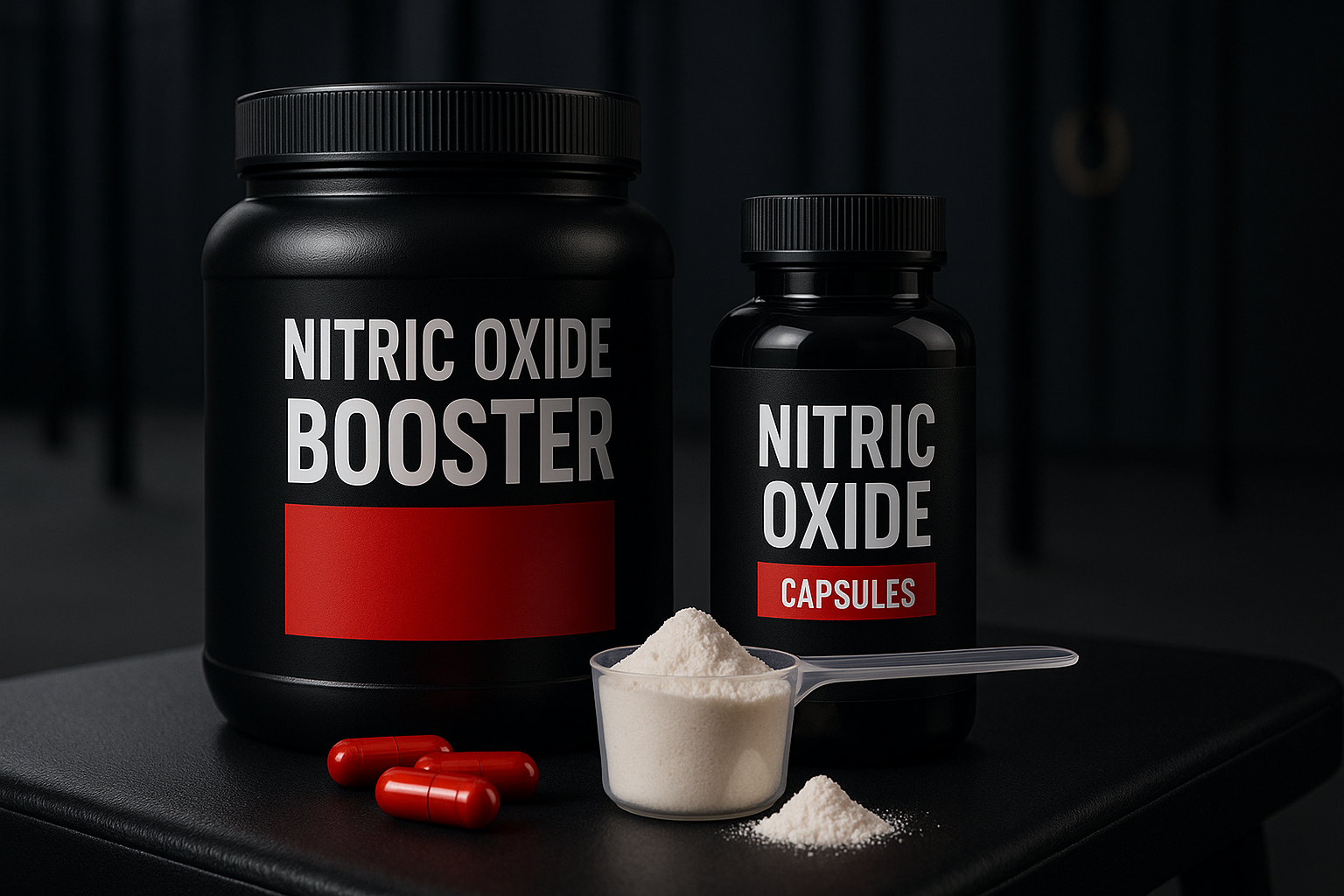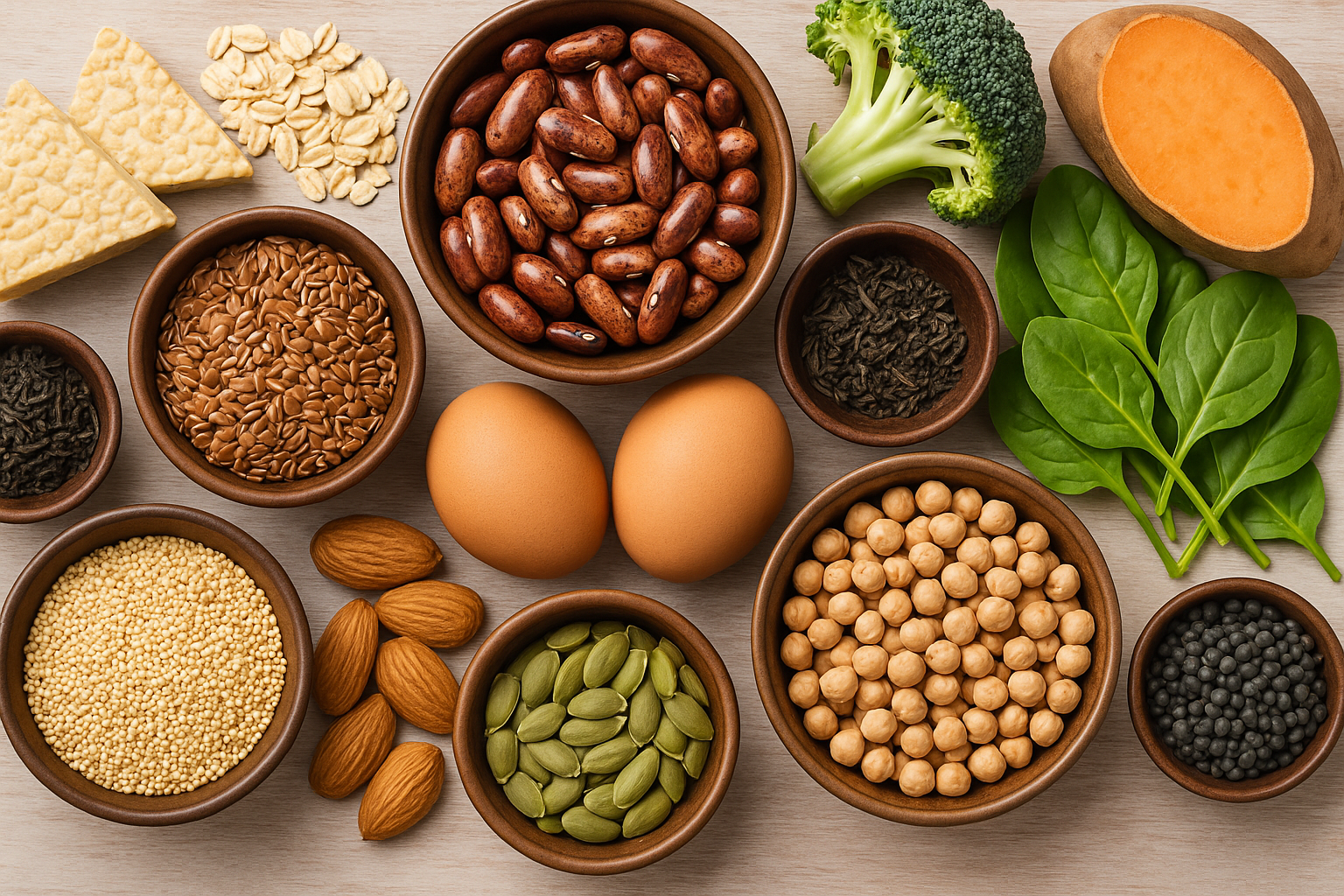Achieving your ideal body composition while bulking can feel like navigating a maze. The process demands precision, dedication, and a clear understanding of how your body reacts to diet and exercise. Whether you’re an athlete, a fitness enthusiast, or simply someone striving to gain muscle without unnecessary fat, bulking properly is essential to maximize lean mass and minimize fat mass.
Let’s dive into the four crucial steps you need to follow to bulk the right way while optimizing your body composition.
What is Bulking?
Bulking is a phase of controlled calorie surplus designed to promote muscle growth (lean mass) while managing fat gain. It’s a vital part of the fitness journey, often alternating with cutting phases to refine your overall body composition. However, improper bulking can lead to excessive fat mass, derailing your progress and health.
Step 1: Understand Your Total Daily Energy Expenditure (TDEE)
Before starting your bulking journey, determining your Total Daily Energy Expenditure (TDEE) is vital. TDEE represents the total number of calories your body burns daily, combining your basal metabolic rate (BMR) and the calories burned through physical activity.
How to Calculate TDEE
- Estimate Your Basal Metabolic Rate (BMR): Use formulas like the Mifflin-St Jeor equation to calculate how many calories your body needs at rest.
- Factor in Activity Levels: Multiply your BMR by an activity multiplier based on how active you are (sedentary, moderate, or highly active).
- Adjust for Bulking: To bulk effectively, aim to consume 10–20% more calories than your TDEE.
For example, if your TDEE is 2,500 calories, you should target around 2,750–3,000 calories daily for controlled muscle growth. You can also use a reputable TDEE calculator (e.g., TDEE Calculator).
Step 2: Focus on Macronutrient Distribution
The quality of calories you consume matters just as much as the quantity. Properly distributing your macronutrients ensures you’re building muscle while managing fat mass effectively.
Ideal Macronutrient Ratios for Bulking
- Protein: Aim for 1.5–2 grams per kilogram of body weight to support muscle protein synthesis and recovery.
- Fats: Allocate between 0.5-1.5 grams per kilogram of body weight of your calories to healthy fats, essential for hormone production and overall health.
- Carbohydrates: Fuel your workouts and recovery by allocating the remaining of your total calories to carbs.
Example Macronutrient Split (For a 70kg male on a 3,000-Calorie Diet):
- Protein: 140 grams
- Carbohydrates: 450 grams
- Fats: 70 grams
This balance promotes lean mass development while minimizing fat mass accumulation.
Step 3: Optimize Your Training Program
Diet alone won’t deliver the desired results. A well-structured resistance training program is critical for maximizing lean mass gains.
Key Training Principles for Bulking
- Progressive Overload: Gradually increase the weight or volume in your workouts to stimulate muscle growth.
- Compound Movements: Focus on exercises like squats, deadlifts, and bench presses to engage multiple muscle groups and build strength.
- Adequate Rest: Ensure at least 48 hours of recovery for each muscle group to allow proper repair and growth.
- Consistency: Train 4–6 times per week, combining heavy lifting with hypertrophy-focused sessions.
Example Weekly Split:
- Day 1: Chest and Triceps
- Day 2: Back and Biceps
- Day 3: Rest
- Day 4: Legs and Abs
- Day 5: Shoulders and Arms
- Day 6: Rest
- Day 7: Rest
This structured approach helps you build muscle while avoiding overtraining.
Step 4: Monitor Progress and Adjust Accordingly
Bulking isn’t a “set-it-and-forget-it” process. Regularly tracking your progress ensures you’re staying on course.
What to Track
- Body Weight: Weigh yourself weekly under consistent conditions (e.g., same time of day). Aim for a steady gain of 0.5–1 pound per week.
- Body Composition: Use tools like skinfold calipers, DEXA scans, or bioelectrical impedance to measure changes in lean mass and fat mass.
- Strength Levels: Monitor performance in key compound lifts to ensure you’re building strength alongside muscle.
- Photos: Visual changes often reveal progress better than the scale.
Adjustments
- If you’re gaining too much fat mass, reduce your calorie surplus slightly.
- If you’re not gaining weight or strength, increase your caloric intake by 5–10%.
Sample Bulking Meal Plan
Breakfast:
- Scrambled eggs: 3 whole eggs, 3 egg whites
- Oats: 1 cup (80g) cooked in water
- Almond butter: 1 tbsp
- Blueberries: 1/2 cup (75g)
Lunch:
- Grilled chicken breast: 6 oz (170g)
- Quinoa: 1 cup cooked (185g)
- Steamed broccoli: 1 cup (150g)
Snack:
- Greek yogurt (non-fat): 1 cup (200g)
- Honey: 1 tbsp
- Walnuts: 1/4 cup (30g)
Dinner:
- Salmon: 6 oz (170g)
- Sweet potato: 1 medium (150g)
- Asparagus: 1 cup (134g)
Post-Workout Shake:
- Whey protein: 1 scoop (30g)
- Banana: 1 medium (120g)
- Almond milk (unsweetened): 1 cup (240ml)
Additional Tips for Successful Bulking
- Prioritize Sleep: Sleep is when your body repairs and grows. Aim for 7–9 hours per night to optimize recovery.
- Stay Hydrated: Proper hydration supports digestion, muscle function, and overall health.
- Limit Junk Food: While bulking allows for more calories, focus on nutrient-dense foods like lean meats, whole grains, fruits, and vegetables.
Why Proper Bulking is Essential for Your Body Composition
Bulking improperly can lead to excessive fat gain, making it harder to achieve your ideal body composition. A scientific, disciplined approach helps you balance muscle growth with minimal fat accumulation. By mastering calorie control, macronutrient distribution, training, and progress tracking, you’ll build a stronger, healthier body without compromising your goals.
FAQs
Can I bulk without gaining fat?
It’s challenging to avoid all fat gain, but sticking to a controlled surplus and regular training minimizes fat mass.
How long should a bulk last?
Typically, a bulk lasts 8–16 weeks, but the duration depends on your goals and progress. I also wouldn’t recommend going over 20% of body fat.
What is a clean bulk?
A clean bulk focuses on whole, nutrient-dense foods while avoiding excessive junk food to minimize fat gain.
Should I do cardio during a bulk?
Moderate cardio in zone 2 can improve cardiovascular health and aid recovery without hindering muscle growth.
How much weight should I gain per week during a bulk?
Aim for 0.5–1 pound per week, prioritizing gradual gains to minimize fat accumulation.
Conclusion: Take Control of Your Fitness
Optimizing your body composition while bulking is an art and a science. By following these four steps—calculating your TDEE, managing your macronutrients, training effectively, and tracking progress—you’ll set yourself up for success.
Are you ready to transform your physique? Join Empowerise’s personalized coaching program today and let our experts guide you every step of the way.
Ready to transform your body composition with expert coaching? Contact Empowerise today!






